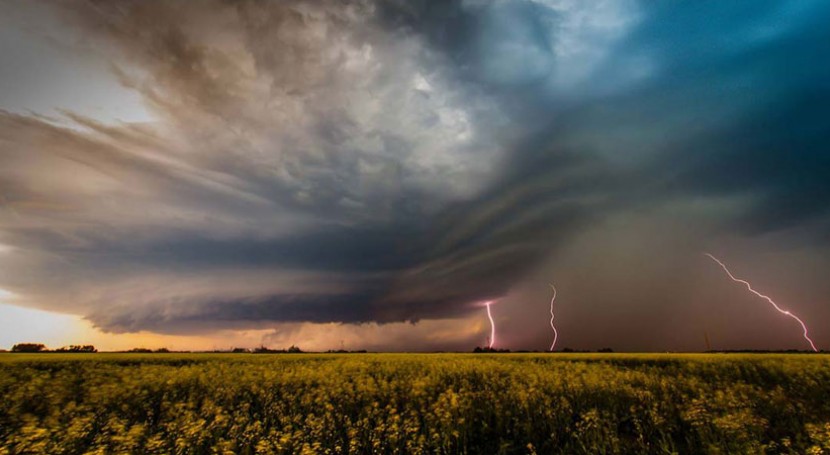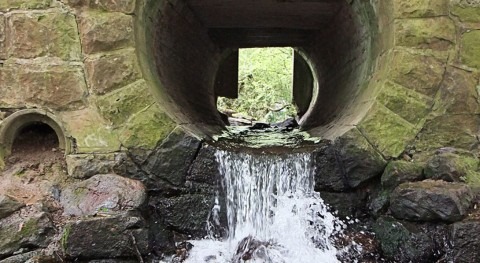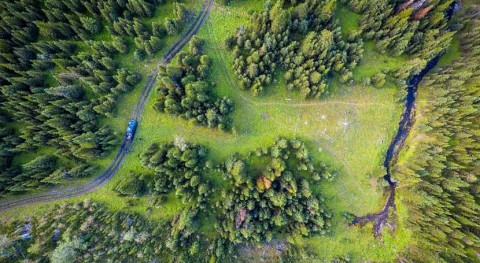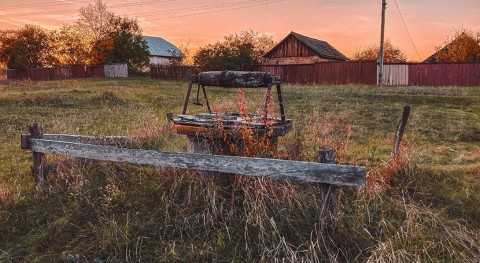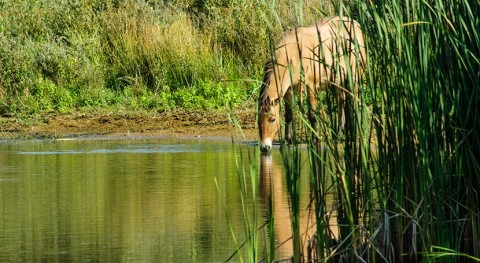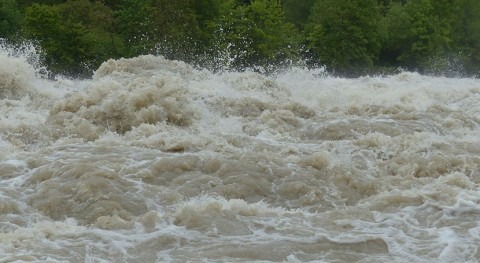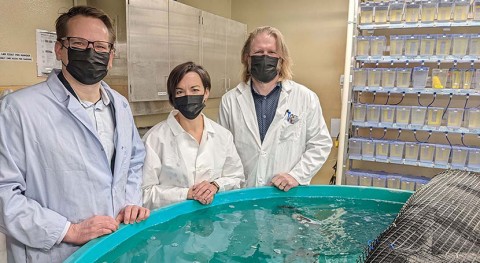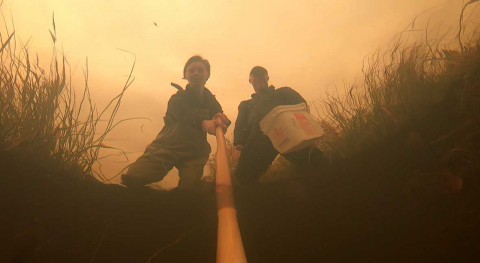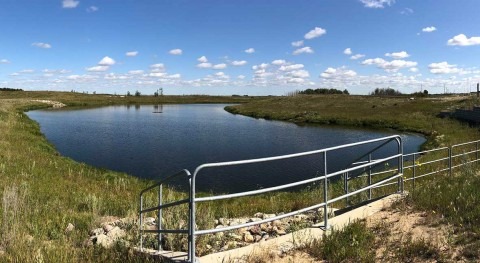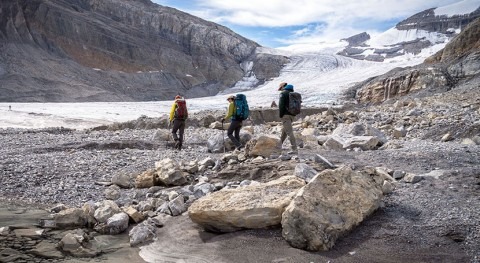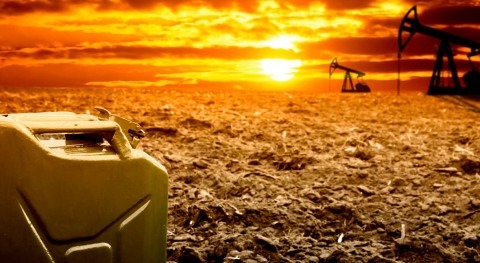That’s one of the findings from a paper on the Changing Cold Regions Network (CCRN), a summary of the research program that wrapped up in 2018 and which recently compiled many of its scientific advances in a special issue of the journal Hydrology and Earth System Sciences.
The CCRN research aimed to improve forecasting and prediction models in order to better understand what challenges Western and Northern Canada might be facing in the future as the planet heats up.
Unprecedented events like the Fort McMurray, Alta., wildfire in 2016 and the Calgary flood in 2013 might start to become more common and more severe, said Dr. Chris DeBeer, science manager of CCRN and the pan-Canadian Global Water Futures (GWF) program, led by the University of Saskatchewan (USask) Global Institute for Water Security (GIWS) and Centre for Hydrology.
“Being able to better understand what the future might hold in store is very important to society, for our water resources and for infrastructure and health and many other related things,” said DeBeer.
Challenging environments
As it turns out, the prairies, the mountains, and the north can be difficult to model.

Dr. Chris DeBeer, science manager of CCRN and the pan-Canadian Global Water Futures (GWF) program. (Photo: Submitted)
“Surface water connections are not existing all the time, and a lot of the prairie landscape is covered in glacial depressions that only connect periodically,” DeBeer said. “It’s always been a challenge for standard models to represent that.”
The research done by CCRN improved the ability of the models to represent the hydrology in Western and Northern Canada, which has unique features like permafrost and glaciers. GWF, an expanded follow-on program from CCRN, is further advancing the models and focusing on all of Canada as well as the cold and high mountain regions of the world, which supply water to much of the global population.
“These are challenging environments,” DeBeer said. “Processes like snow melt and infiltration into frozen ground and the freezing and thawing of soils—cold regions processes are unique and difficult to represent in computer models.”
Climate change is also impacting the landscapes and land cover, like agriculture and grasslands creeping north, shrubs encroaching on tundra, and deciduous trees replacing evergreens in the boreal forest. These changes can have an impact on the predictions made by these models.
Changing landscapes
Dr. Jennifer Baltzer, associate professor and Canada Research Chair at Wilfrid Laurier University and a lead researcher with GWF, was part of CCRN with a focus on high latitude land cover change.
Hydrologic and land cover models are being developed in parallel. An important step is bringing these models together to improve the accuracy of our predictions, Baltzer said.
“The type of vegetation you have in these regions has strong controls on some of these physical water and energy related exchanges,” she said.
The CCRN research captured major climate warming-induced vegetation transition scenarios in simulation runs of the land surface models that Environment and Climate Change Canada (ECCC), and CCRN were using.
The models have a range of different land cover types which are used as part of scenarios they run. Baltzer said that by modifying the land covers, we can start to assess what the implications are of climate warming-induced vegetation change.
Hydrologic and land cover models are being developed in parallel. An important step is bringing these models together to improve the accuracy of our forecasts, Baltzer said.
“If you’re going to try to anticipate one and ignore the other, you’re not going to get it right because the two talk to each other and interact with one another.”
A national effort to improve preparedness for climate change emergencies
The GWF program is working with the federal government and the provinces and territories to improve national water prediction, which can help inform users of the impact of climate change on water availability, extremes of flood and drought, floodplains and the impact of declining snowpack, glaciers and thawing permafrost on future water flows.
Researchers have worked to improve the fine-scale Cold Regions Hydrological Modelling platform, and the large-scale MESH (Modélisation Environmentale Communautaire – Surface and Hydrology) model — the hydrology land-surface scheme of ECCC's community environmental modelling system.
The modelling system has taken science advances from CCRN and GWF and applied them in key river basins across Canada, including the Great Lakes–St. Lawrence, Saskatchewan–Nelson, Mackenzie, Fraser, Columbia, Saint John, and Yukon.
“Together, we’re developing a national water prediction framework that is tied into various levels of government and addresses national and local needs in each river basin,” DeBeer said. “We’re making advances in different parts of the country on the model capabilities and operations, and we use this CCRN science to do that.”


